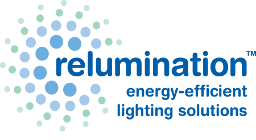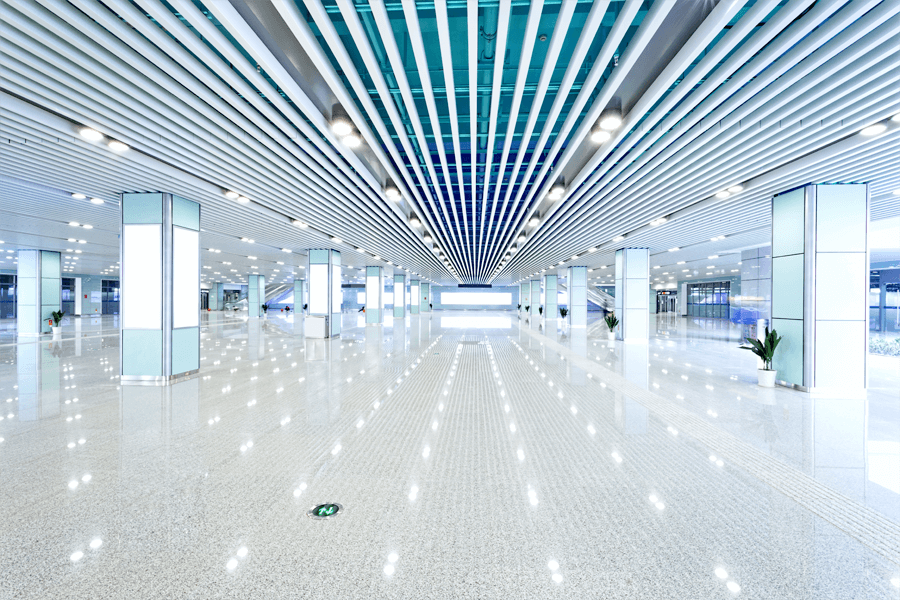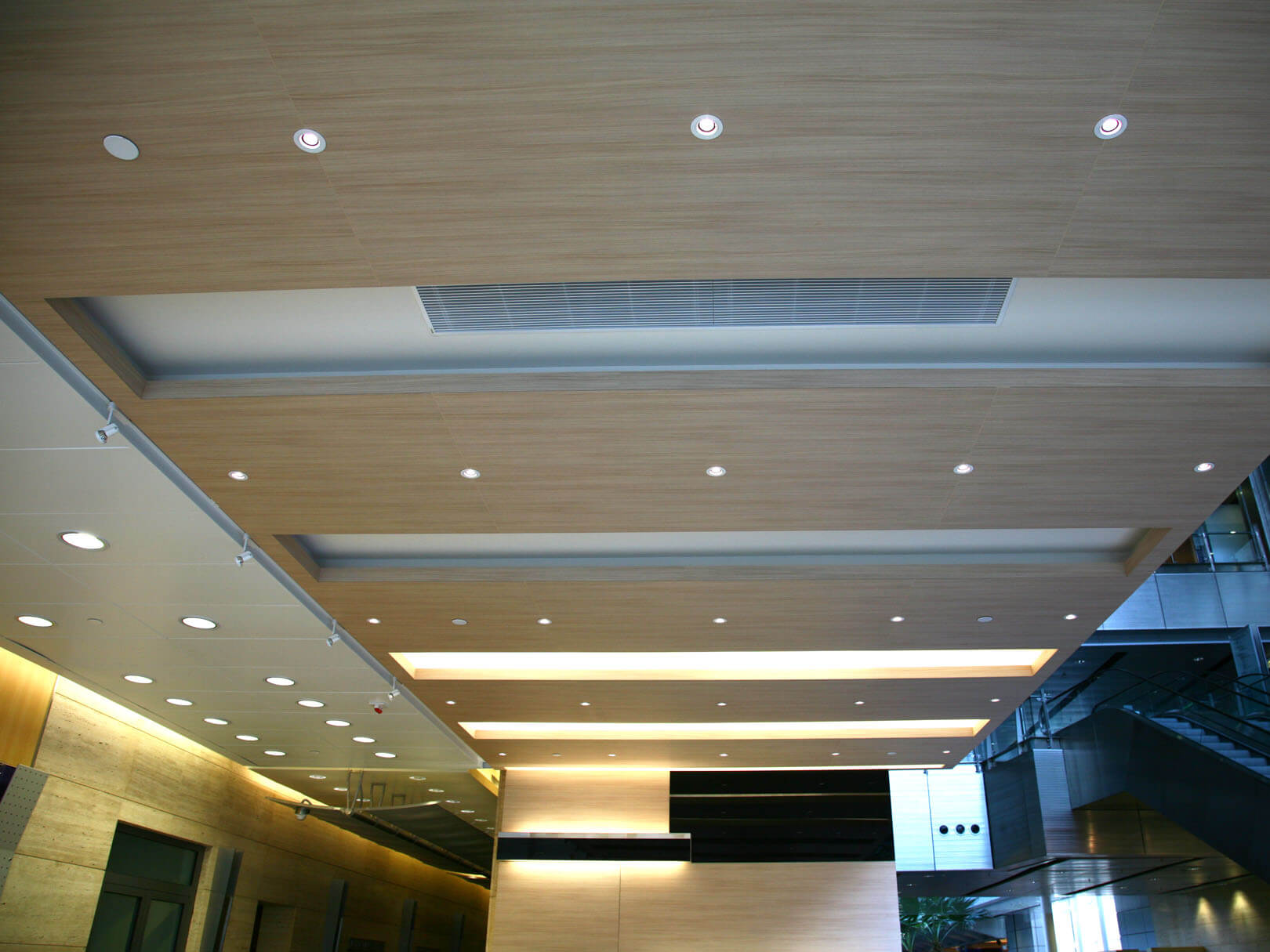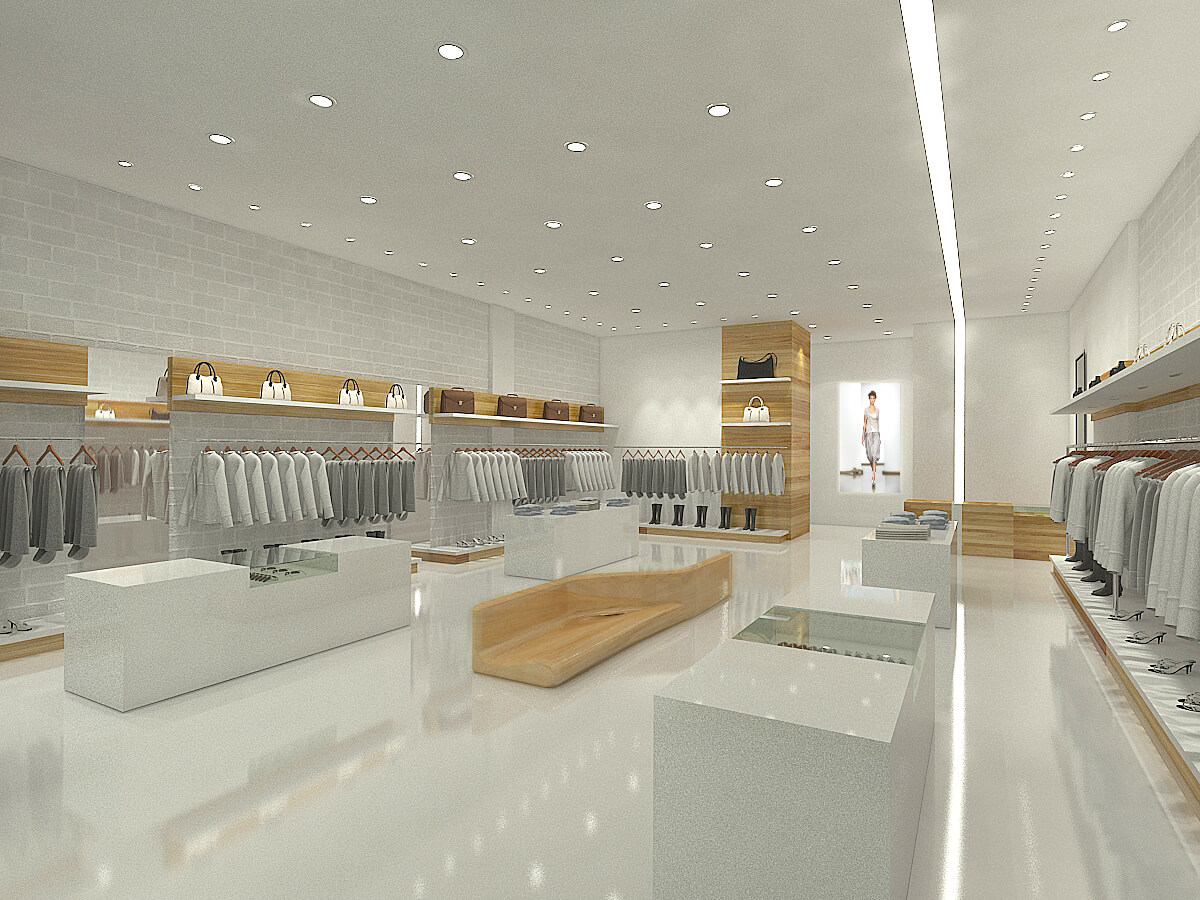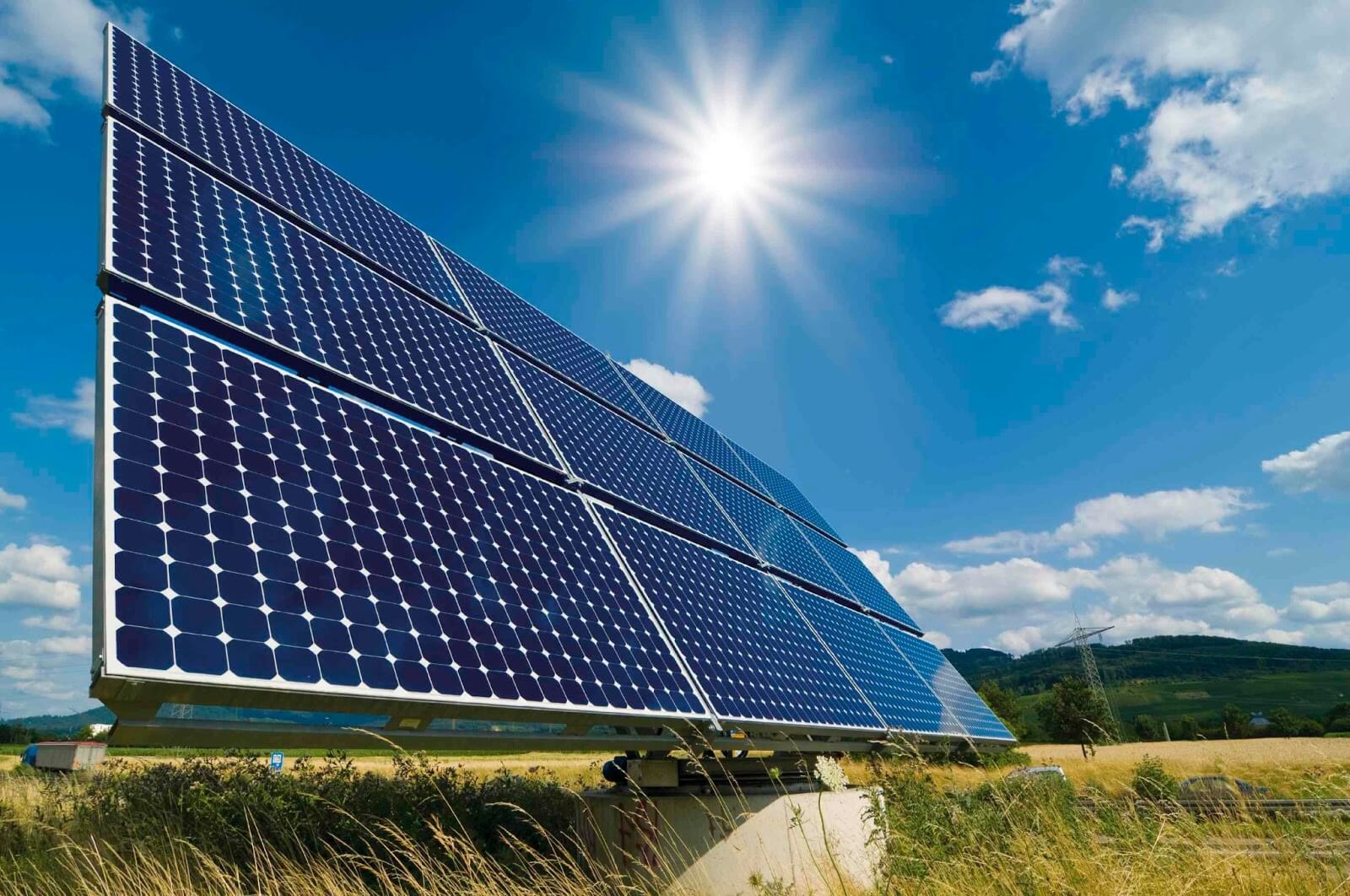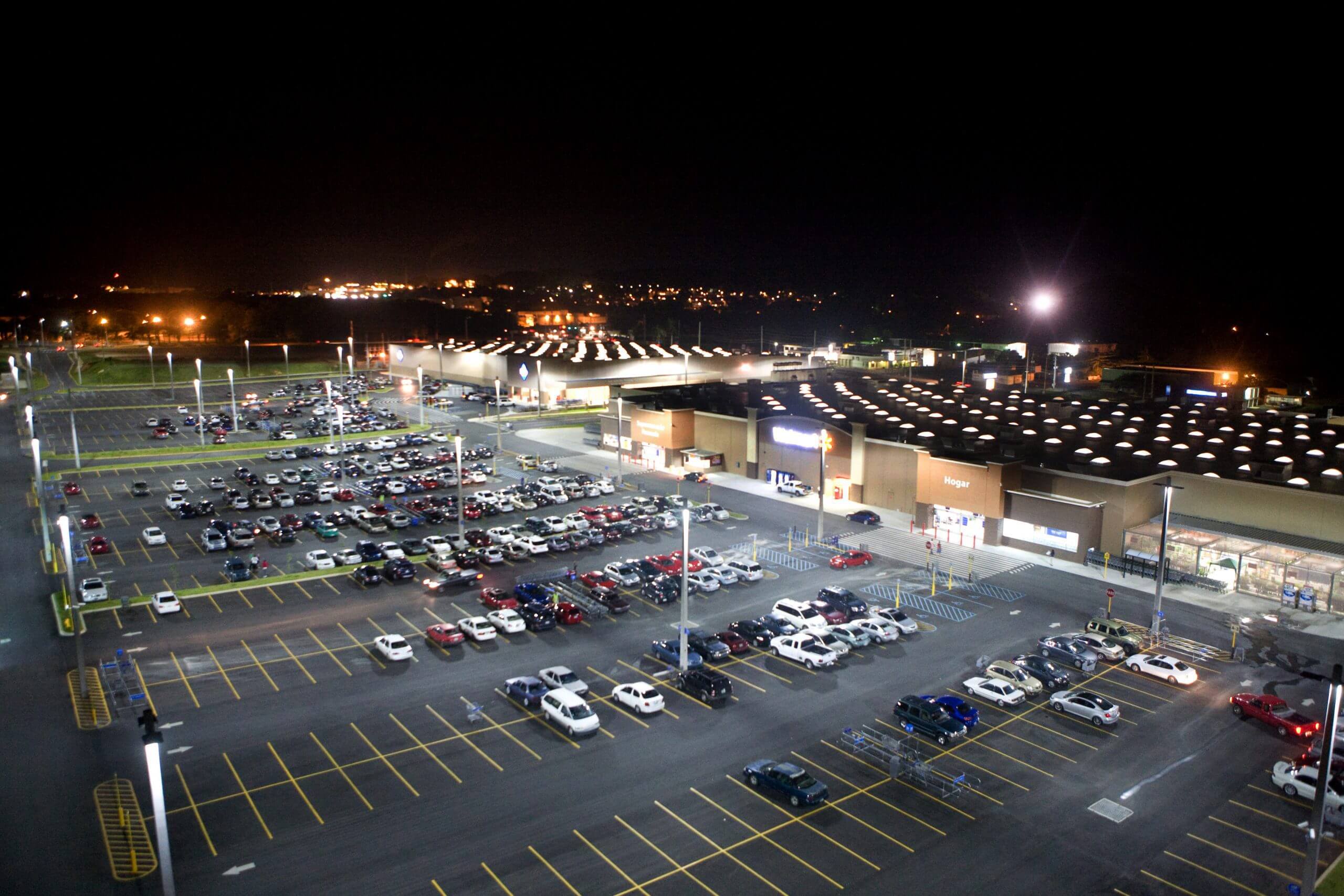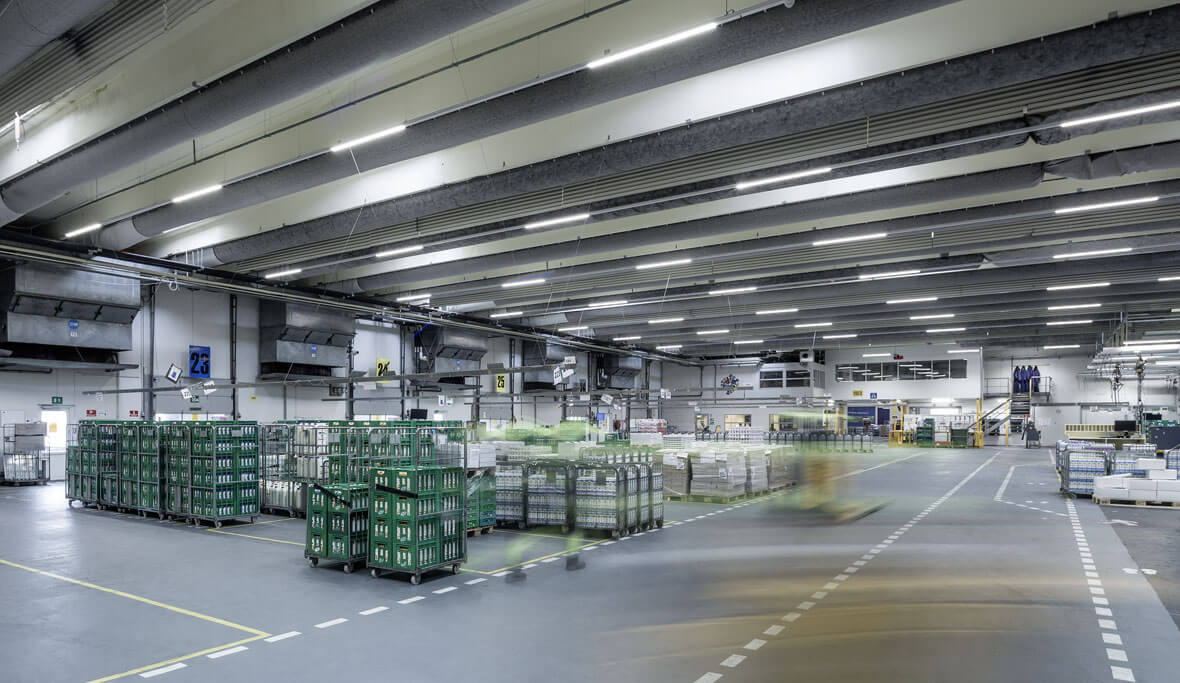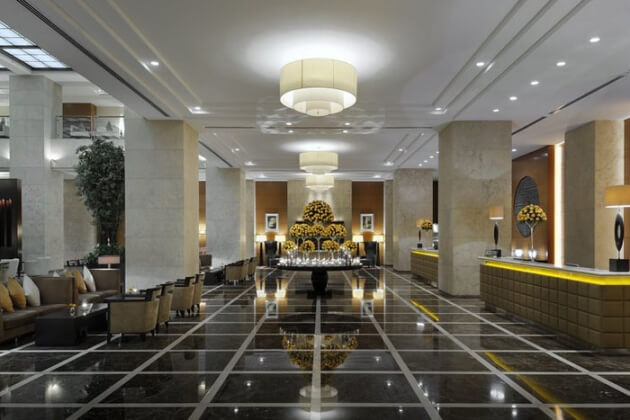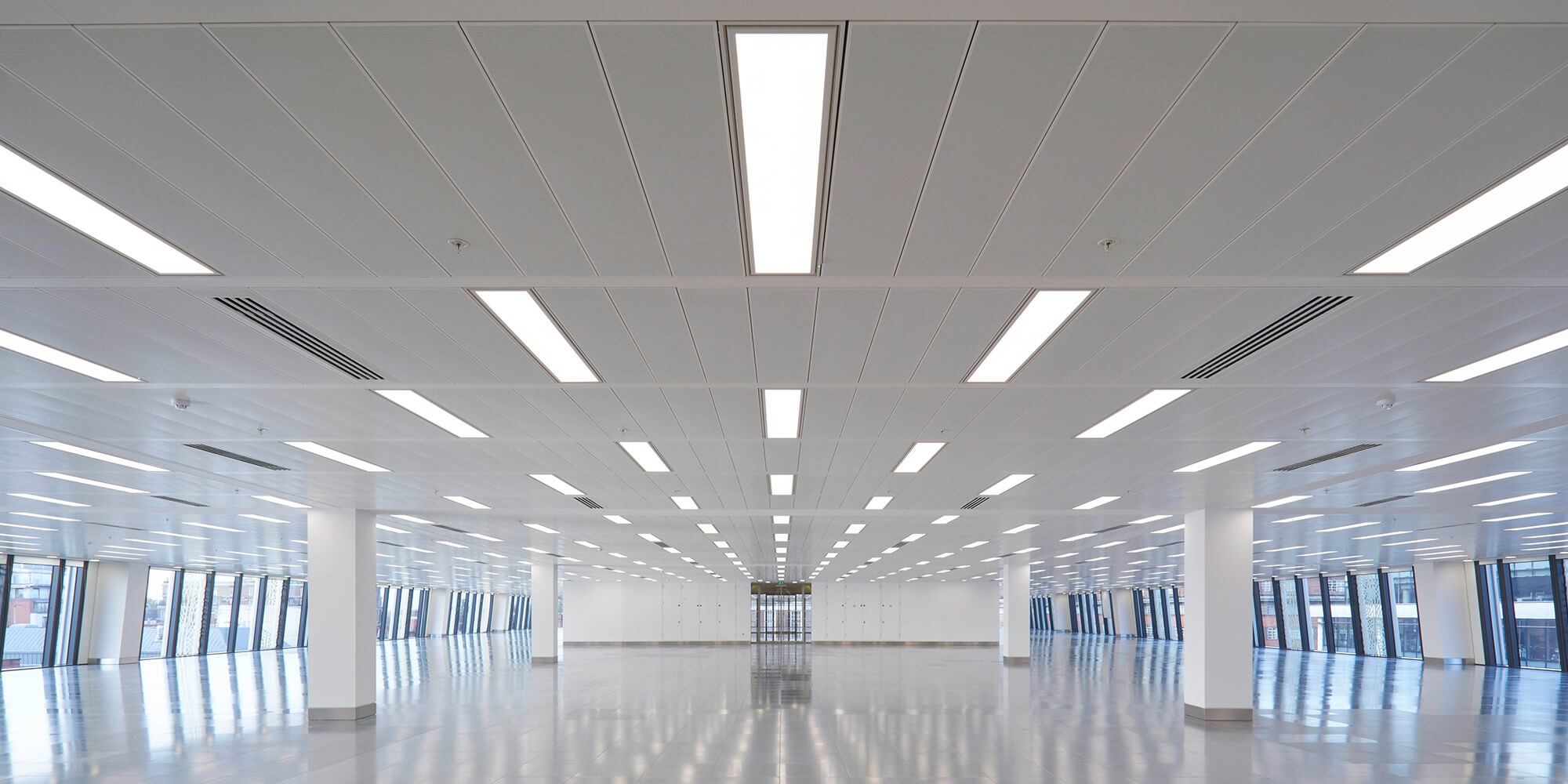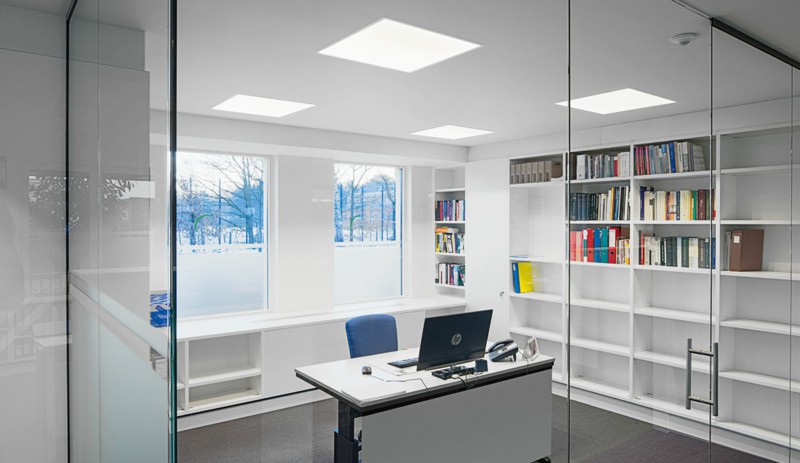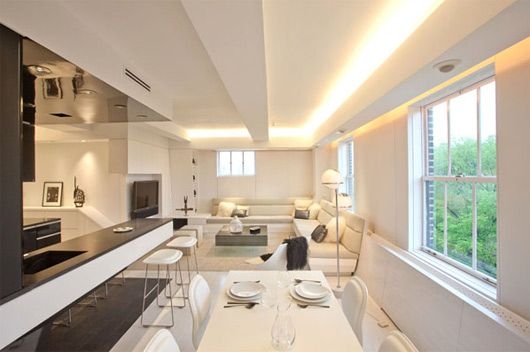It’s a remarkable thing that LED lighting came from the same technology that shrank the equivalent of room sized computers into palm held mobile devices. This is the technology of semiconductors. Like other semiconductor products, LEDs are getting more versatile, better, and cheaper.
This trend has even allowed LEDs to take a step “backward” in the sense that LED lights can put out the same warm light as incandescent bulbs while retaining high energy efficiency. Why is this important? Because many people have a distaste for the “unnatural” light of CFLs. The warm light of incandescent bulbs serve well for interior lighting in environments where an atmosphere of intimacy is important. These environments include the home, restaurants, bars, and hotels.
Unlike other forms of technological change such as improved cars and computers, internal lighting affects our circadian clock. When productivity is important, a fuller spectrum white light works best because it simulates sunlight. That is, it reminds our circadian clock that it’s daytime and there’s work to be done. The warm light of incandescent bulbs lack the blue component of sunlight that “tells” us it’s daytime. It allows our sleep cycle to slowly take over while providing light for restful and intimate activities. This is why there will always be a need for warm lighting.
Another reason people don’t want to let go of the warmth of incandescent light is its romance. No one disputes the romance of candle light or of relaxing next to the warmth of a fireplace. Fire has a long history with the human race. It provided warmth, protection from night predators, and light for telling stories at the end of the day. People are reluctant to let go of incandescent bulbs because they emit a similar type of light.
The versatility of LED technology allows it to accommodate this human need for intimate lighting without the energy wastefulness and limited service life of incandescent lighting. LED lights are available that put out the same warm lighting. Many also come as glass bulbs that look identical to incandescent bulbs.
